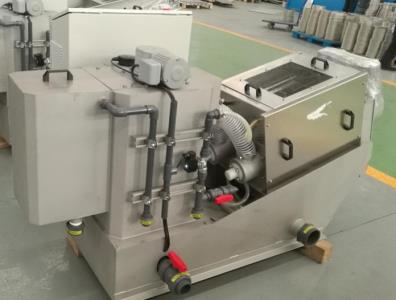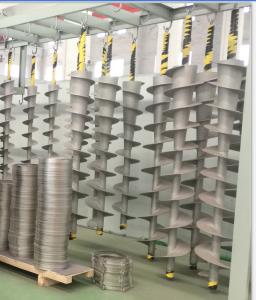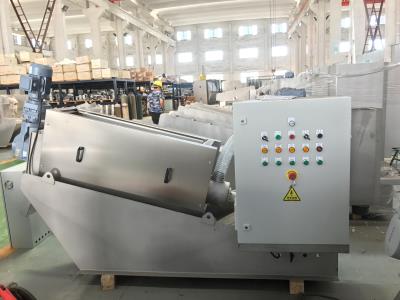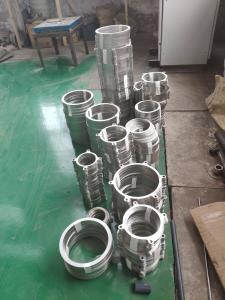Product List
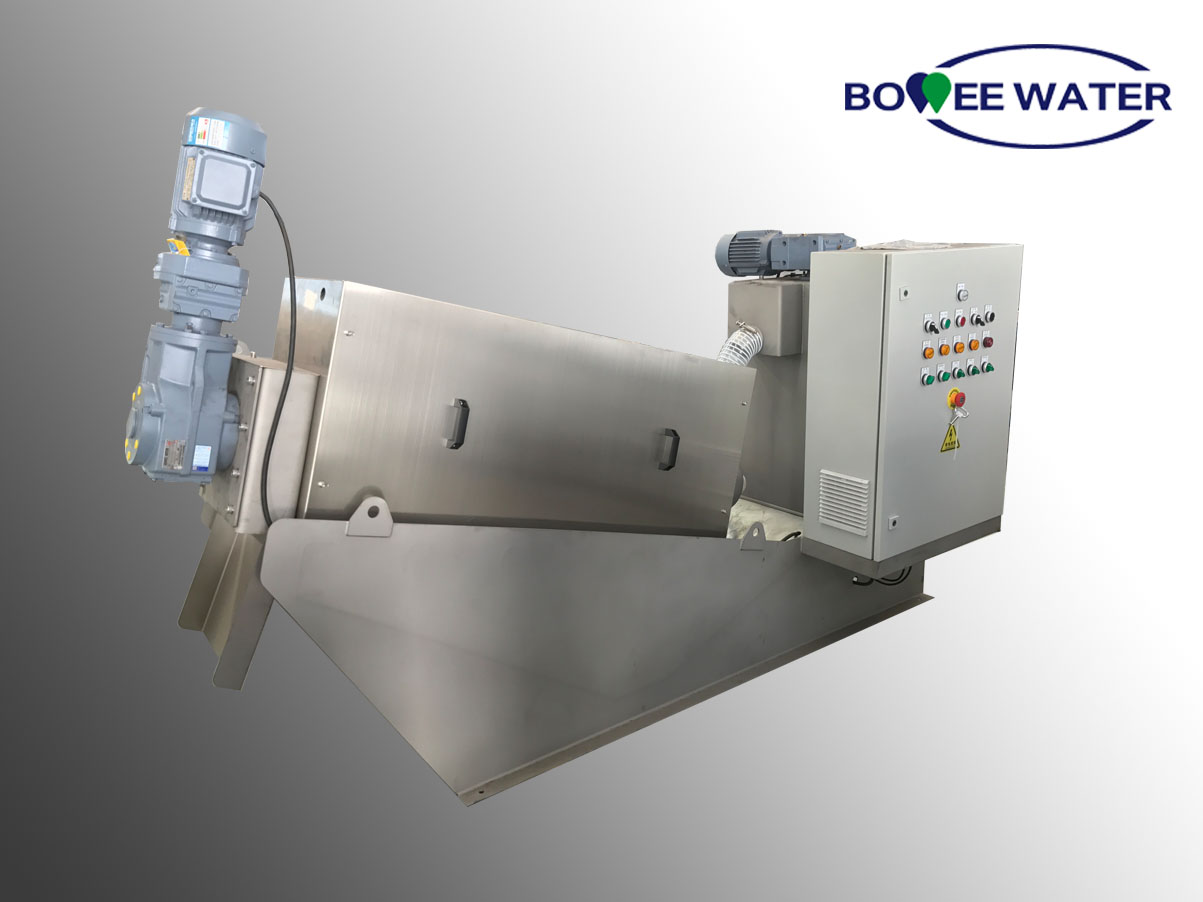
Dewatering screw press is used for efficient thickening and dewatering of sludge waters. Sludge waters are water, containing certain amount of suspended solids, these can be product of waste water treatment, food proccessing industry, chemical industry and other branches of human activity.
Specifcations:
Dimension: Customized
Capacity:6-600kg DS/h
Material:SS304 or SS316
Motor:First-class motor, Nord or SEW is optional
-
Description
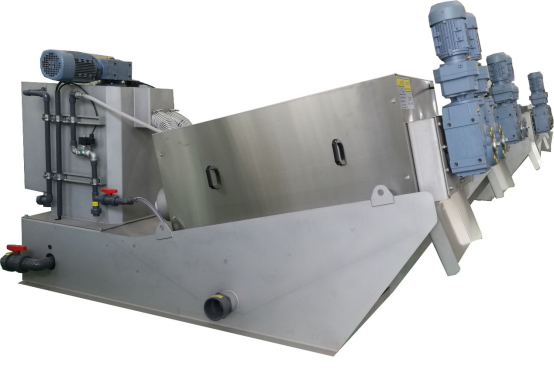
Dewatering screw press is used for efficient thickening and dewatering of sludge waters. Sludge waters are water, containing certain amount of suspended solids, these can be product of waste water treatment, food proccessing industry, chemical industry and other branches of human activity. Our dewatering screw press, which serves to thicken sludge water to 20% dry-matter content on municipal sludges and more for mineral/industrial sludges, can provide efficient desludging. In terms of quality, this equipment surpasses traditional sedimentation sludge removal and other technologies.
This dewatering/thickening screw press has been designed to be used primarily in wastewater treatment plants, but can also be used for thickening both industrial water and wastewater in food-processing operations
If a dewatering press is already incorporated into the new WWTP design, costs related to the construction of sedimentation tanks are eliminated as this equipment can also be used for thickening secondary sludge directly from activation.
Principle:
Gravity zone: When the shaft is driven by the screw, moving rings around the shaft move up and down relatively. Most water is pressed out from the thickening zone and fall down to the filtrate tank for gravity.
Pressure zone: The thickened sludge moves forward continuously from the gravity zone towards the pressure zone. With the pitch of the screw shaft thread getting narrower and narrower, the pressure in the filter chamber increases higher and higher.
In addition to the pressure generated by the back-pressure plate, the sludge is greatly pressed and dryer sludge cakes produce.
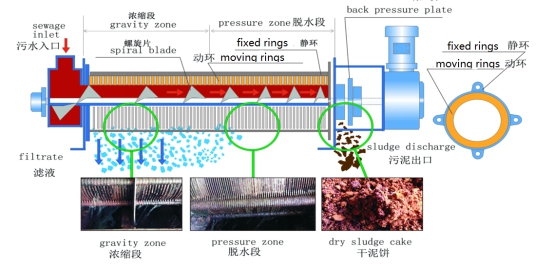
Structure:
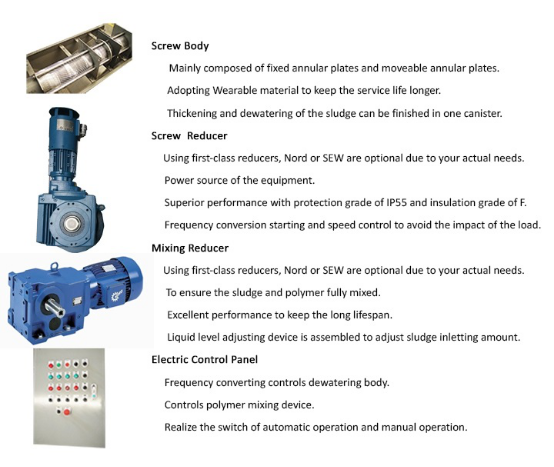
-
Applications
Dewatering screw press could be used in the treatment of industrial wastewater, surface water, reused water, drinking water plant and Municipal Wastewater Treatment Plant.
-
Technical parameters
Main Specifications
Design Parameter
Capability
10-480kgds/h
Total Power
0.36-6kw
Protection Grade
Protection Grade: IP55
Insulation Grade: FPower Supply
According to actual usage
Output Moisture Content
75-85%
Polymer Feeding Rate
DS 0.2~1%
Screw Body
Quantity
1-3
Material
Plate: SUS304
Screw Shaft: SUS304Flocculation Mixing tank
Volume
40-1500L
Material
SUS304
Components Brand
Screw Reducer
GUOMAO/SEW/NORD
Mixing Reducer
GUOMAO/SEW/NORD
Liquid Level Switch
Omron
Solenoid Valve
ASCO
Frequency converter
Schneider
Model
Dry Solids Capacity
Dimension
Weight
Motor Power
(Kg-DS/hr)
(mm)
(Kg)
(Kw)
(L)
(W)
(H)
Net
Operating
Total
BWSP-131
6-10
1860
740
1075
185
310
0.2
BWSP-132
12-20
1960
870
1075
350
480
0.3
BWSP-201
9-15
2650
750
1380
420
540
0.74
BWSP-202
18-30
2650
940
1380
550
660
1.11
BWSP-203
27-45
2650
1190
1380
700
1010
1.48
BWSP-301
50-70
3200
1100
1600
775
1300
1.5
BWSP-302
60-100
3640
1260
1825
1350
2000
2.25
BWSP-303
90-150
3900
1620
1825
1900
2700
3
BWSP-304
120-200
3900
2040
1825
2500
3800
3.75
BWSP-351
60-120
3900
1260
2190
2210
3500
1.85
BWSP-352
120-240
4240
1620
2190
3400
5250
2.95
BWSP-353
180-360
4460
2040
2190
4850
6600
4.05
BWSP-354
240-480
4660
2650
2190
6100
7700
5.15
BWSP-401
90-150
4350
1020
2160
2200
4700
1.85
BWSP-402
180-300
4350
1550
2160
3500
5800
2.95
BWSP-403
270-450
4570
2100
2160
5500
6900
4.05
BWSP-404
360-600
4570
2650
2160
7000
9500
5.15
-
Advantages
1. Automatic continuous operation
2. Compact design with flocculation and dewatering
3. Low power and water consumption
4. Low operation cost
5. No filter cloth, no clogging
6. No need for sludge thickener
7. Easy operation and maintenance
8. No vibration and noise
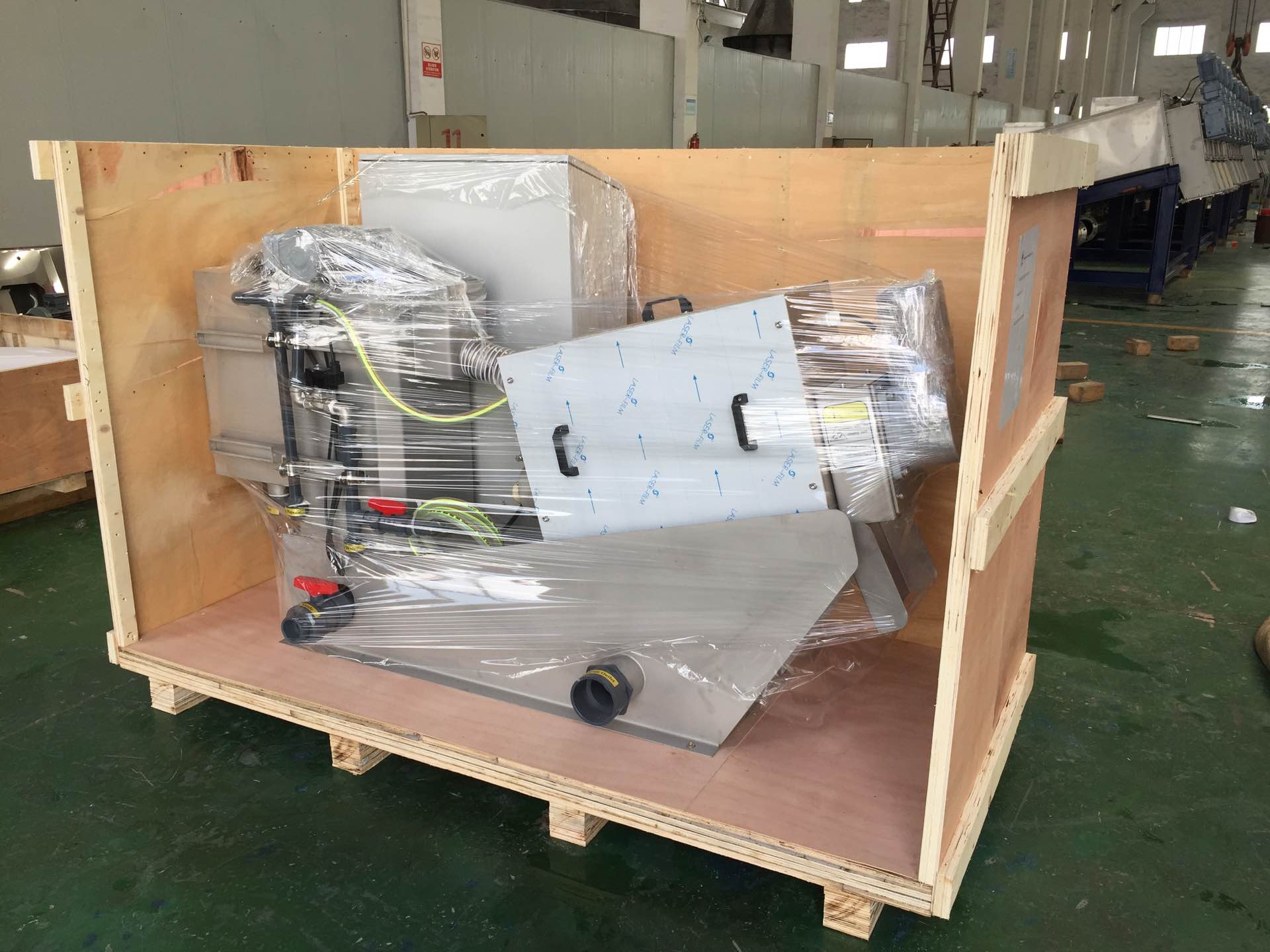
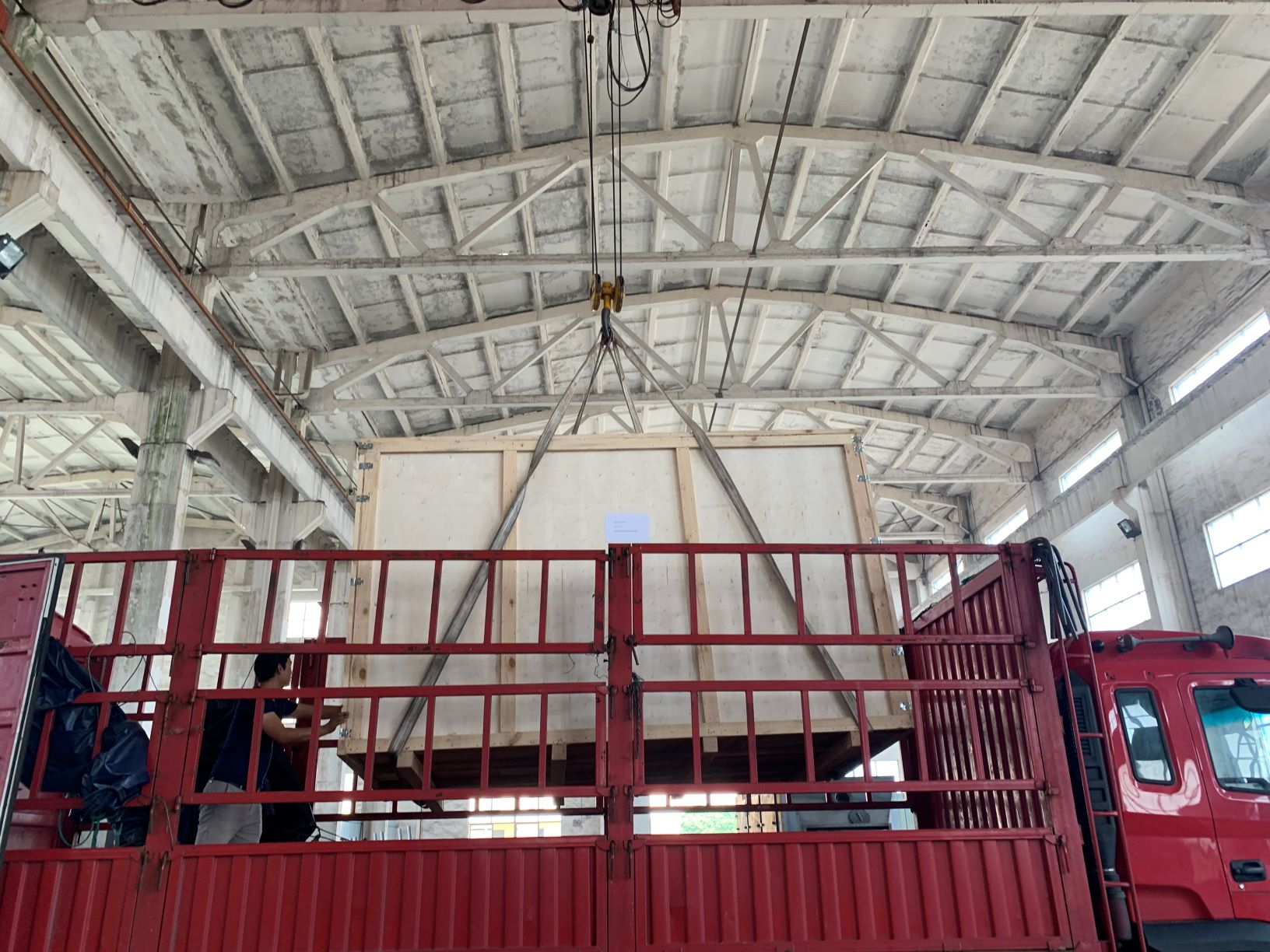
-
Related Products



